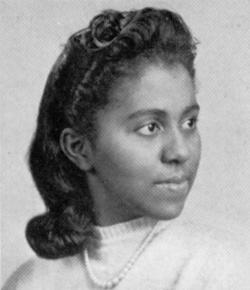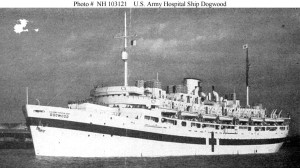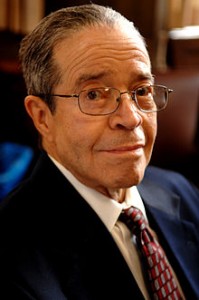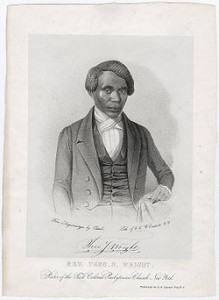Black History, Science

Marie Maynard Daly
Marie Daly was born in Corona, NY on April 16, 1921. She earned a Bachelor of Science from Queens College in 1942 and a Master of Science from New York University in 1943. She received a Ph.D. in Chemistry from Columbia University in 1948, the first black female to earn a Ph.D. in Chemistry. Dr. Daly served as an Instructor in Physical Science at Howard University between 1947-48.
From 1951-55, she was a Research Assistant at the Rockefeller Institute. Dr. Daly was an Associate at the Columbia University Research Service of the Goldwater Memorial Hospital, from 1955-59. Marie Daly was appointed from Assistant Professor of Biochemistry from 1960-61. (more…)
Black History, Science

SS George Washington Carver
The U.S. Army Hospital Ship Dogwood (of 7933 gross tons), built in Richmond, California, entered mercantile service upon completion in May 1943 as the Liberty ship George Washington Carver. Delivered to the Army in November 1943, she was converted to a Hague Convention hospital ship in 1943-44 and renamed for a flower.
Between July 1944 and the spring of 1945, Dogwood made seven trips between the U.S. East Coast and England. Ordered to the Pacific in May 1945, she arrived in the Philippines in late June. (more…)
Black History, Science

J. Ernest Wilkins Jr
Jesse Ernest Wilkins, Jr. (November 27, 1923 – May 1, 2011) was an African American nuclear scientist and mathematician, who gained first fame on entering the University of Chicago at age 13, becoming its youngest ever student. His intelligence led to him being referred to as a “negro genius” in the media.
As part of a widely varied and notable career, Wilkins contributed to the Manhattan Project during the Second World War. He also gained fame working in and conducting nuclear physics research in both academia and industry. He wrote numerous scientific papers, served in various important posts, earned several significant awards and helped recruit minority students into the sciences.
During his studies and various careers he was not untouched by the prevalent racism that existed for much of his life.
Black History, Inventions, Science
 During his tenure at the Cities Service Oil Co. in the late ’60s, Ernest J. Jamieson patented four inventions on the improvement of current gasoline compositions. One invention improved hydrocarbon fuel compositions for use in internal combustion engines by adding a detergent that prevents icing and corrosion.
During his tenure at the Cities Service Oil Co. in the late ’60s, Ernest J. Jamieson patented four inventions on the improvement of current gasoline compositions. One invention improved hydrocarbon fuel compositions for use in internal combustion engines by adding a detergent that prevents icing and corrosion.
Another invention improved a hydrocarbon fuel composition by adding a X hydrocarbylacid phosphate salt that reduced icing in the carburetor and improved water tolerance, thus reducing rust and hydrocarbon content in the exhaust.
Black History, Education, Firsts, Science

Theodore S. Wright
Theodore S. Wright (1797-1847) was an African-American abolitionist and minister who was active in New York City, where he led the First Colored Presbyterian Church as its second pastor. He was the first African American to attend Princeton Theological Seminary (and any United States theological seminary), from which he graduated in 1829. In 1833 he was a founding member of the American Anti-Slavery Society, and served on its executive committee until 1840.
Theodore Sedgwick Wright was born about 1797 to free parents. He is believed to have moved into New York City with his family, where he attended the African Free School.[1] With the aid of Governor DeWitt Clinton and Arthur Tappan of the New York Manumission Society, and men from Princeton Theological Seminary, Wright was aided in his studies at the graduate seminary. In 1829 he was the first African American to graduate from there, and the first to complete theological studies at a seminary in the United States.
Before 1833, Wright was called as the second minister of New York’s First Colored Presbyterian Church and served there the rest of his life. (It was later known as Shiloh Presbyterian Church and is now St. James Presbyterian Church in Harlem.) He followed the founder, Samuel Cornish. (more…)
Science
Earning his Ph.D. in 1918, he became the second African American to hold a doctorate in Physics, and in 1919 co- authored a signal work that opened an entirely new field of research – the study of molecular structure through the use of infra-red spectroscopy




